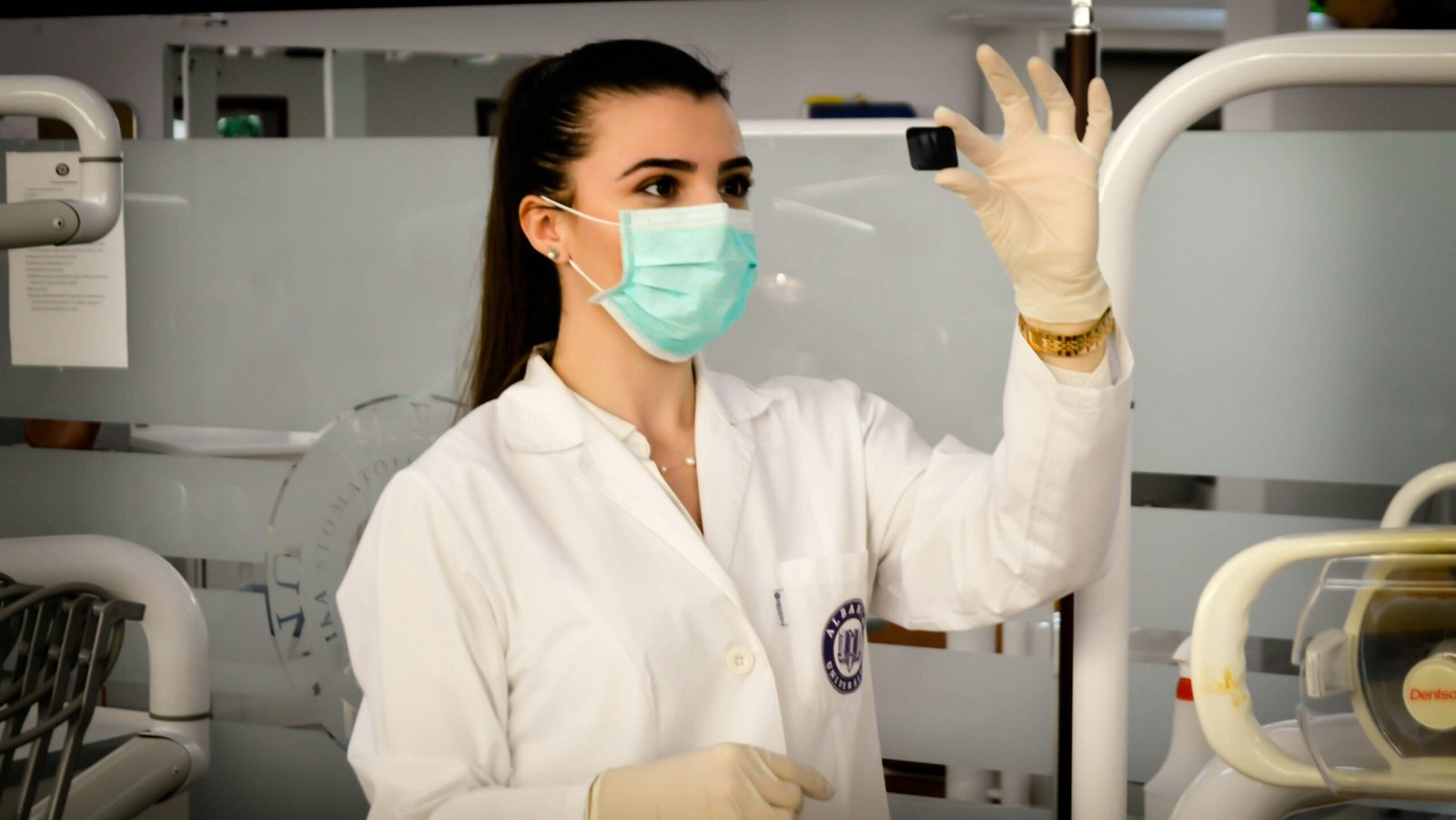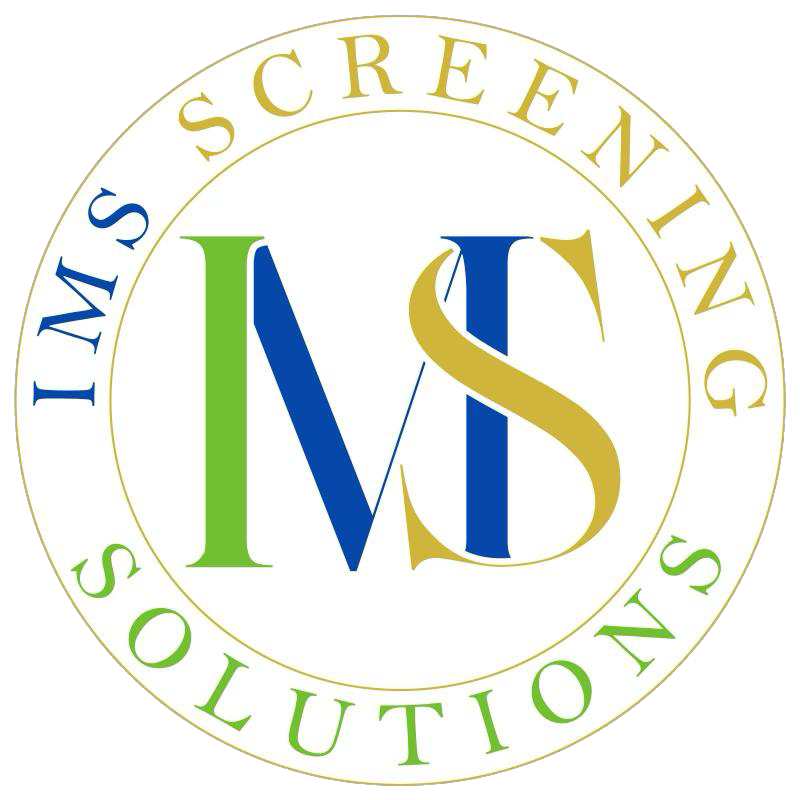
Drug and Alcohol Testing Programs
Establishing a comprehensive drug and alcohol testing policy that adheres to DOT regulations. Ensuring that all testing procedures are in line with 49 CFR Part 40, which outlines the procedures for transportation workplace drug and alcohol testing programs. Coordinating with certified testing laboratories to perform accurate and reliable tests.
Pre-Employment Testing: Ensuring that all new hires undergo drug and alcohol testing before starting their job to confirm they are drug-free.
Random Testing: Implementing a random testing program where employees are selected at random to undergo drug and alcohol testing. This serves as a deterrent and ensures ongoing compliance.
Post-Accident Testing: Conducting drug and alcohol tests on drivers involved in DOT-defined accidents to determine if substances contributed to the incident.
Reasonable Suspicion Testing: Training supervisors to identify signs of drug or alcohol use and to conduct tests when there is reasonable suspicion based on observed behavior or performance.
Return-to-Duty Testing: Requiring drivers who have violated the drug and alcohol regulations to undergo testing before they can return to safety-sensitive duties.
Follow-Up Testing: Conducting additional tests for employees who have returned to duty following a violation, as part of a follow-up testing program.

Safety and Compliance Audits
Conducting internal audits to ensure compliance with DOT regulations. Preparing for DOT audits and inspections. Addressing and rectifying any compliance issues identified during audits.
Regular Internal Audits: Perform scheduled internal audits to review and assess adherence to DOT regulations. These audits typically cover areas such as driver qualification files, hours of service (HOS) logs, vehicle maintenance records, and drug and alcohol testing program compliance.
Comprehensive Checklists: Utilize detailed checklists based on DOT requirements to ensure all critical aspects are thoroughly examined. These checklists help identify potential areas of non-compliance.
Audit Reports: Document findings in comprehensive audit reports, outlining areas of compliance and noting any discrepancies or areas needing improvement. These reports provide a clear picture of the organization’s compliance status.

Training and Education Programs
Providing training for drivers on DOT regulations and safety practices. Offering courses on topics such as HOS rules, vehicle inspections, and hazardous materials handling. Keeping records of training completion.
Comprehensive Training Programs: Develop and implement comprehensive training programs that cover all aspects of DOT regulations and safety practices. This includes initial training for new hires and ongoing education for existing drivers to ensure they stay updated with any regulatory changes.
Safety Culture Promotion: Foster a culture of safety within the organization by emphasizing the importance of compliance and safety practices. Encourage drivers to prioritize safety in their daily operations and provide them with the knowledge and tools they need to do so effectively.
Hours of Service (HOS) Rules: Offer detailed courses on HOS regulations, ensuring that drivers understand the requirements for driving time, rest periods, and off-duty hours. Provide practical guidance on how to log hours accurately and avoid violations.
Vehicle Inspections: Train drivers on how to conduct thorough pre-trip, en-route, and post-trip inspections. Highlight common issues to look for and the proper procedures for documenting and reporting any defects or maintenance needs.
